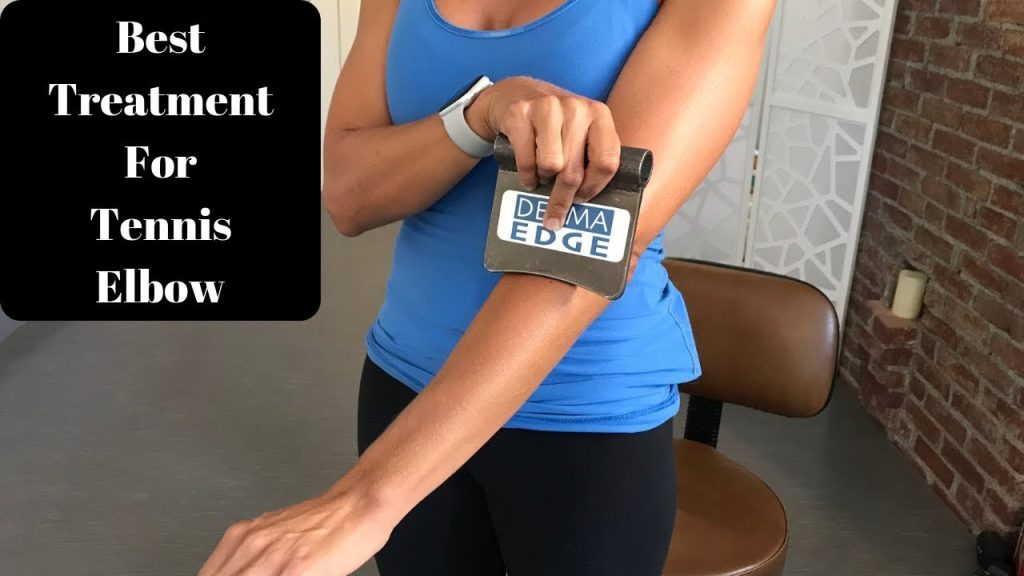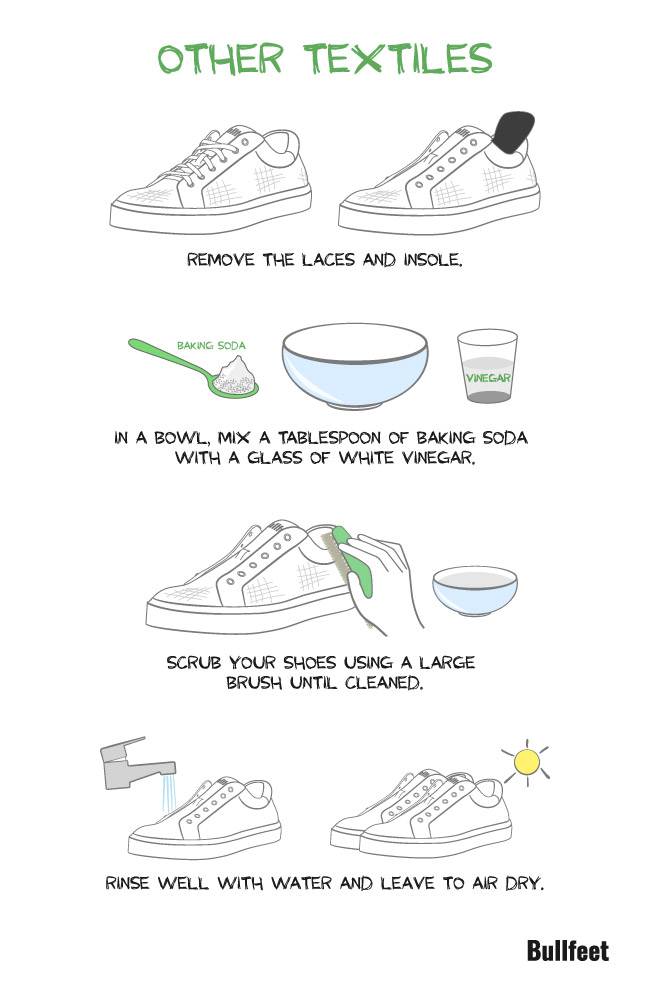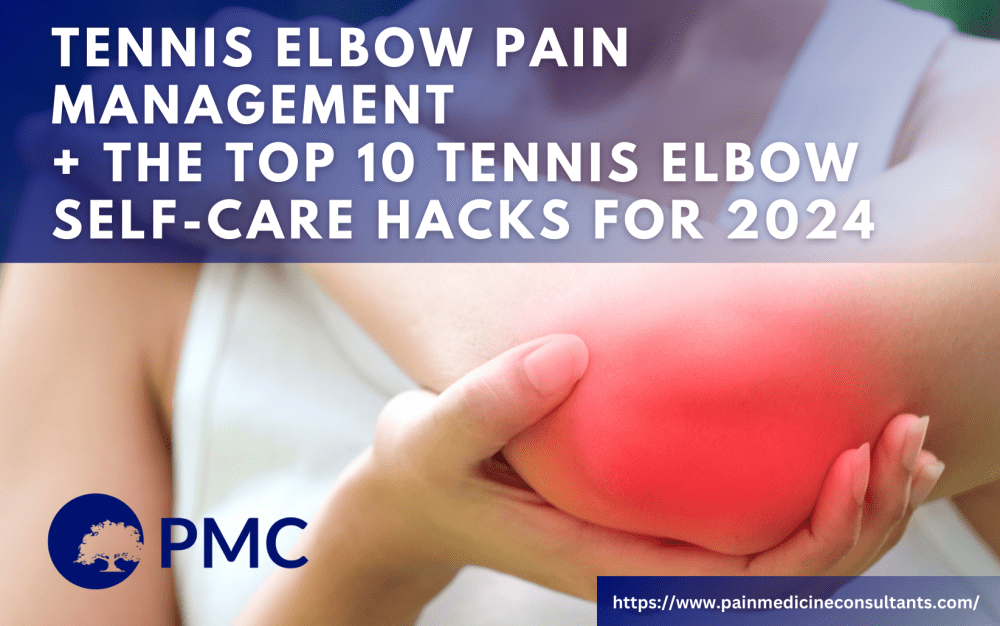Tennis elbow can be a real pain. It affects many people, not just athletes.
Are you struggling with tennis elbow? This condition, known as lateral epicondylitis, involves pain around the elbow due to overuse. While it’s commonly linked to tennis, many activities can cause it. Simple tasks, like lifting or gripping, can become difficult.
But don’t worry. There are ways to ease the pain and improve your elbow’s strength. In this guide, you’ll learn effective methods to get rid of tennis elbow. From home remedies to exercises, discover how to relieve discomfort and regain your arm’s function. Ready to say goodbye to that nagging elbow pain? Let’s get started!
What Is Tennis Elbow
Tennis elbow, also known as lateral epicondylitis, is a painful condition. It occurs when the tendons in your elbow are overloaded. This is usually due to repetitive motions of the wrist and arm.
Despite its name, you don’t have to play tennis to get it. Anyone who uses their arm and wrist in a repetitive way can develop this condition.
Causes
The main cause of tennis elbow is repetitive motion. This means doing the same action over and over again.
- Sports like tennis, squash, or racquetball
- Jobs that involve repetitive wrist and arm movements
- Activities like painting, typing, or using hand tools
These actions can strain the tendons and lead to tiny tears. Over time, this causes pain and swelling in the elbow.
Symptoms
The symptoms of tennis elbow can vary. They usually develop gradually and get worse over time.
- Pain and tenderness on the outside of your elbow
- Weakness in your forearm
- Difficulty with gripping objects
- Stiffness in your elbow
The pain might worsen when you use your wrist and arm. Simple tasks like shaking hands or turning a doorknob can become difficult.
Understanding these symptoms can help you identify tennis elbow early. This can lead to quicker treatment and relief.
Immediate Pain Relief
Tennis elbow can cause significant discomfort. Immediate pain relief is essential. Quick relief can make everyday tasks easier.
Cold Compress
A cold compress can reduce swelling and numb pain. Apply it to the affected area for 15-20 minutes. Repeat this process every few hours. Use a cloth or towel to wrap the ice pack. This prevents skin damage from direct contact with ice.
Over-the-counter Medications
Over-the-counter medications can help manage pain. Nonsteroidal anti-inflammatory drugs (NSAIDs) reduce inflammation. Ibuprofen and naproxen are common choices. Follow the dosage instructions on the package. Consult a doctor if pain persists.
Exercises For Tennis Elbow
Tennis elbow, or lateral epicondylitis, causes pain and discomfort. Exercises can help ease the symptoms and speed up recovery. Below are some effective exercises to manage tennis elbow.
Stretching Exercises
Stretching helps improve flexibility and reduce tension. Start with gentle stretches.
Wrist Flexor Stretch: Extend your arm with your palm facing up. Gently pull back your fingers with the other hand. Hold for 15-30 seconds. Repeat three times.
Wrist Extensor Stretch: Extend your arm with your palm facing down. Gently pull back your hand with the other hand. Hold for 15-30 seconds. Repeat three times.
Strengthening Exercises
Strengthening exercises build muscle support around the elbow. Start with light weights.
Wrist Curls: Sit and rest your forearm on a table. Hold a light weight. Curl your wrist up and down. Do three sets of 15 reps.
Wrist Extensions: Sit with your forearm on a table. Hold a light weight. Extend your wrist up and down. Do three sets of 15 reps.
Finger Extensions: Place a rubber band around your fingers. Spread your fingers against the band. Hold for a few seconds. Repeat 15 times.
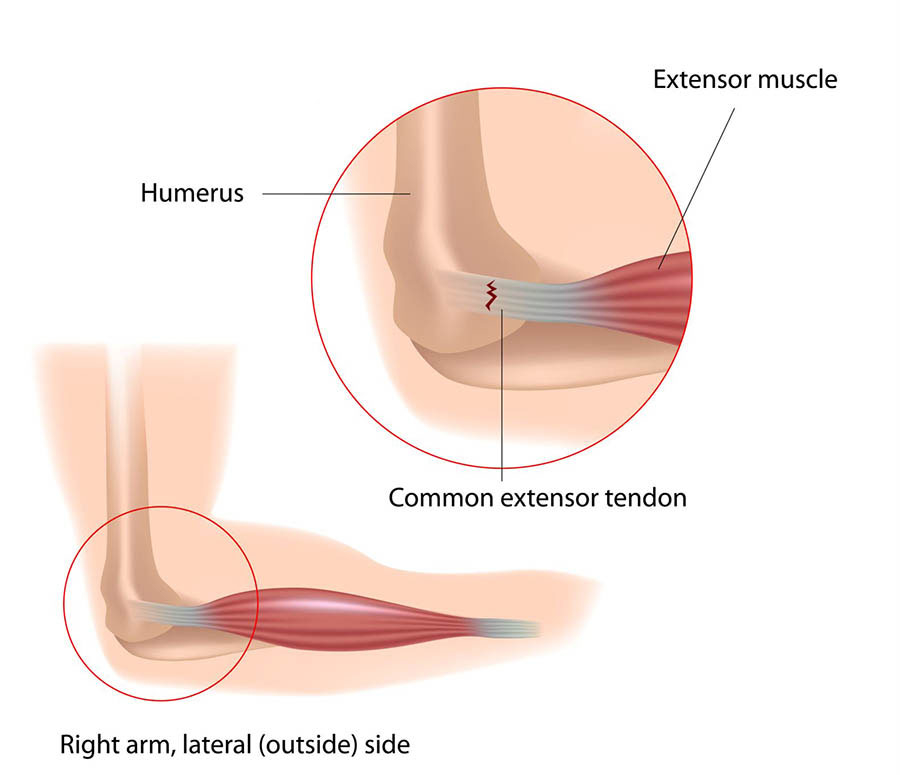
Credit: www.healthdirect.gov.au
Physical Therapy Benefits
Physical therapy offers significant benefits for those suffering from tennis elbow. This condition can cause severe pain and limit daily activities. Engaging in physical therapy can help alleviate symptoms and improve arm strength and flexibility. Therapists use various techniques to target the affected area, promoting faster recovery. Let’s explore how therapeutic methods and finding the right therapist can aid in your healing process.
Therapeutic Techniques
Physical therapists employ a range of techniques to treat tennis elbow. Manual therapy involves hands-on manipulation of muscles and joints. This helps reduce pain and improve mobility. Stretching exercises increase flexibility and reduce stiffness. Strengthening exercises target the muscles around the elbow. This improves support and reduces strain on the tendons.
Ultrasound therapy uses sound waves to promote healing. This method reduces inflammation and pain. Ice therapy helps manage pain and swelling. Applying ice packs can provide quick relief. Your therapist may also use braces or straps. These tools help support the elbow and reduce pressure on the tendons.
Finding A Therapist
Finding a qualified physical therapist is crucial. Look for a therapist with experience in treating tennis elbow. Check their credentials and read reviews from other patients. Ask your doctor for recommendations. They can suggest trusted therapists in your area.
During your first visit, discuss your symptoms and treatment goals. A good therapist will create a personalized treatment plan. This plan should include a mix of therapies tailored to your needs. Regular sessions and home exercises are key. Following the therapist’s advice ensures the best results.
Home Remedies
Tennis elbow, or lateral epicondylitis, can cause significant pain. While severe cases may need medical treatment, many find relief with home remedies. These methods help reduce pain and promote healing.
Rest And Recovery
Rest is crucial for healing tennis elbow. Avoid activities that strain your elbow. Give your arm time to heal. Overuse can worsen the condition. Try to limit repetitive motions. This reduces stress on the muscles and tendons.
Use ice packs to reduce swelling. Apply ice for 15-20 minutes, several times a day. Wrap the ice pack in a cloth to protect your skin. Elevate your arm to reduce inflammation. Gentle stretches can help, too. Stretch your arm and wrist slowly. This improves flexibility and blood flow.
Ergonomic Adjustments
Change your workspace or tools to reduce strain. Use ergonomic tools designed to minimize stress on your arm. A supportive chair and proper desk height can make a difference.
Adjust your grip on objects. Use a lighter grip to reduce tension. Avoid twisting your wrist while lifting. Keep your wrist in a neutral position. Simple changes can ease the pressure on your elbow.
When To See A Doctor
Dealing with tennis elbow can be frustrating. Knowing when to see a doctor is crucial. Some signs suggest it’s time for professional help. Ignoring them may worsen the condition.
Signs Of Severe Injury
Severe pain that doesn’t improve with rest may indicate a serious issue. Difficulty in gripping objects can be a sign of a severe injury. Swelling around the elbow that persists is another red flag. If the elbow looks deformed, seek medical help immediately. These signs mean the injury is more than just tennis elbow.
Possible Treatments
A doctor may suggest physical therapy to strengthen the muscles. They might prescribe anti-inflammatory medications to reduce pain and swelling. In some cases, a brace or splint can help by immobilizing the elbow. Steroid injections might be needed for severe pain. Surgery is rarely required but may be an option for chronic cases.
Preventing Tennis Elbow
Tennis elbow can be painful and limiting. Preventing it is crucial for athletes and anyone involved in repetitive wrist and arm motions. Simple changes in equipment and technique can help avoid this condition. Below are some effective strategies to prevent tennis elbow.
Proper Equipment
Using the right equipment is essential. Ensure your racket is not too heavy. A lightweight racket reduces stress on your arm. Also, check the grip size of your racket. An incorrect grip size can strain your forearm muscles. The string tension matters too. Lower tension can reduce the impact on your elbow.
| Equipment | Recommendation |
|---|---|
| Racket Weight | Lightweight |
| Grip Size | Proper fitting |
| String Tension | Lower tension |
Correct Techniques
Using correct techniques can prevent tennis elbow. Ensure your wrist and elbow are aligned during swings. Avoid flicking your wrist too much. A proper backhand technique is crucial. Rotate your shoulder instead of just your elbow. Regular training and good form can make a big difference.
- Keep wrist and elbow aligned
- Avoid excessive wrist flicking
- Use shoulder rotation for backhand
- Regular training for good form
Incorporating these techniques can help maintain a healthy elbow. Remember, small changes can have a big impact.

Credit: www.youtube.com
Long-term Management
Managing tennis elbow over the long term requires a consistent and mindful approach. Simply treating the symptoms isn’t enough. To keep pain at bay, you need to make some changes. This includes adapting your lifestyle and scheduling regular check-ups. This section will guide you through these essential steps for lasting relief.
Lifestyle Changes
Small changes can make a big difference in managing tennis elbow. Start with your daily routine. Avoid repetitive arm movements. Use ergonomic tools at work. These can reduce strain on your elbow. Stretching and strengthening exercises are also important. They improve flexibility and build muscle support. A balanced diet can help too. Foods rich in omega-3 fatty acids reduce inflammation.
Rest is crucial. Give your elbow time to heal. Avoid heavy lifting and intense activities. If you play sports, use proper techniques. Wear a brace or support when needed. These lifestyle changes will reduce the risk of flare-ups.
Regular Check-ups
Frequent visits to a healthcare provider can help manage tennis elbow. They monitor your progress and adjust treatments. Physical therapists can offer new exercises. They ensure you perform them correctly. Regular check-ups catch issues early. This prevents minor problems from becoming serious. Consistent care is key for long-term relief.
Follow your healthcare provider’s advice. Stick to your treatment plan. Regular check-ups are essential. They keep your recovery on track. Don’t skip appointments, even if you feel better.
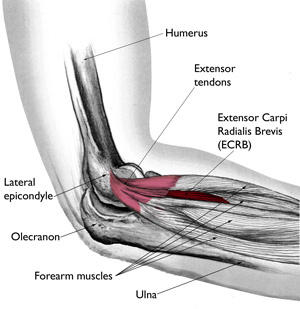
Credit: www.covenanthealth.com
Frequently Asked Questions
What Is The Main Cause Of Tennis Elbow?
Tennis elbow is primarily caused by repetitive motions of the wrist and arm. This leads to inflammation of the tendons in the elbow.
How Long Does Tennis Elbow Take To Heal?
Tennis elbow typically takes a few weeks to several months to heal. Recovery time depends on the severity and treatment.
Can You Treat Tennis Elbow At Home?
Yes, you can treat tennis elbow at home with rest, ice, compression, and elevation (R. I. C. E). Over-the-counter pain relievers help too.
Are There Specific Exercises For Tennis Elbow?
Yes, specific exercises like wrist extensions and flexor stretches can help strengthen the muscles and alleviate pain from tennis elbow.
Conclusion
Getting rid of tennis elbow takes time and patience. Follow the tips shared above. Rest your arm, apply ice, and do gentle exercises. Seek medical help if pain persists. Adopting these habits will promote healing. Avoid activities that strain your elbow.
Consistency is key to recovery. Take care of your body and prevent future injuries. By applying these steps, you can live pain-free. Stay committed to your health journey. Your elbow will thank you.

